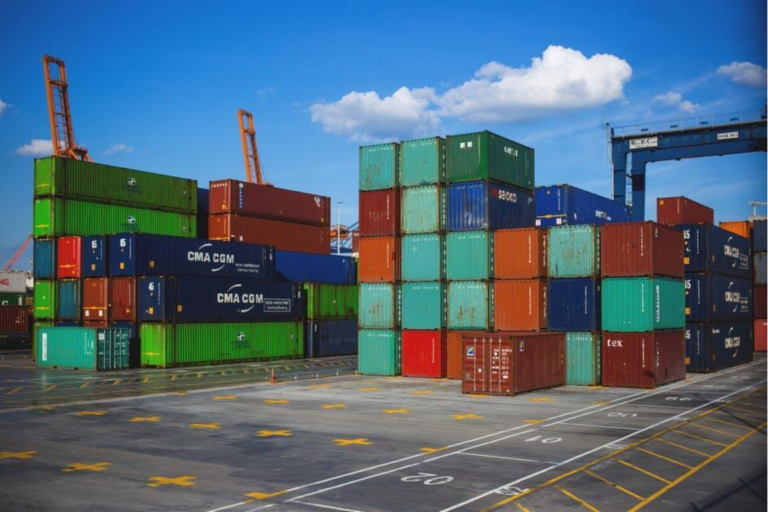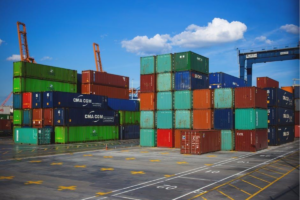Working in the fast-paced food service industry can be difficult as there’s so much to do and so little time. To help keep things organized and keep up with every day’s responsibilities, this is where a checklist comes in.
Not only does it help you stay on top of important projects, but it also makes you sleep better at night by setting priority tasks and scheduling everything that needs to be done so deadlines are always met.
For a restaurant owner or manager, a checklist is paramount to streamline opening/closing procedures, preventing accidents, and meeting food safety requirements.
Some businesses still complete tasks in an old-fashioned way. Some people still use notepads, post-it notes, and spreadsheets to create checklists. Still, a checklist can be more technical and easier, as a digital template.
If you want to use a checklist to identify and solve issues that impact your business, you don’t need just any one, but the right checklist.
Here’s how to look for the right checklist to create great checklists that speed up tasks. Digital checklists are easy to use on mobile, enable real time data collection, are never outdated thanks to automatic updates and facilitate multiple tasks distribution across many people.
Post Contents
1. Decide What Your Checklist Is Going To Be Used For
A checklist assists you oversee tasks or projects and ensure nothing important is neglected during execution.
There are two main types of checklists: daily checklists and situational checklists. A daily checklist gives you a list of to-do items on a given day.

It can be used to list activities for opening/closing tasks, cleaning, food preparation processes, and administrative tasks.
A situational checklist features tasks specific to a particular event, such as a restaurant inspection. A restaurant inspection checklist will help you prepare for an EHO visit.
2. Get Every Task And To-Dos List Out On Paper
Write down your tasks and to-dos right away – or open a Word or Google document. Later, you can copy them into your official checklist.
If you’re making a checklist for, say, inventory management, write down everything from counting stock items to disposing of the expired stock.
Ensure the list isn’t too long and unmanageable. It must provide reminders of important steps rather than spell everything out.
3. Prioritize, Even If Everything Feels Important
Organize your tasks and to-dos in a way that makes sense. You can group activities according to frequency (e.g., daily, weekly, monthly), type (e.g., food prep and safety), or priority (e.g., safety and security).
Look for overlaps and similarities. If you focus on each group of tasks, you’ll be more productive in your work. Ensure your checklist items are easy to read and understand. You can include photos as references.
4. Create A Checklist & Put It To The Test
Now that your tasks and to-dos are organized, create a checklist. Test the effectiveness of your checklist by using it; this will help you ensure everything is covered.
If you want to save time and confusion, use a checklist template, which can be customized to fit your specific needs.
Using an ISO 9001 checklist, for instance, allows for better problem-solving. It helps you keep sane and guarantees your restaurant will be certified under ISO 9001, enhancing your organization’s credibility by showing customers your products and services meet expectations. Check off each item as you complete them.

5. Continue Adding Items As They Come Up
Your checklist must be updated to ensure you stay productive and meet current requirements. It’s an ever-evolving list, so continue to add tasks and to-dos to move forward.
Regardless of how thorough you are, it’s unlikely you’ve included everything. Maybe you forgot to include certain activities, or there are too many similar ones in the same group.
6. Integrate Your Checklists
To use checklists for maximum success, integrate them. They don’t need to be isolated from one another.
More precisely, you can have two separate checklists for opening the restaurant (one for the staff and one for management). After the morning kitchen people have come in, you can review the menu items.
To sum up, checklists save time and energy by allowing you to focus on the tasks that urgently need to be completed. You can maintain and ensure food quality standards and prevent unpardonable mistakes.
Use the 6-step process to simplify anything you do regularly. To make things easier, use a ready-made template you can find online. You can maintain the same layout across all projects and make sure each one of them is completed successfully.






























